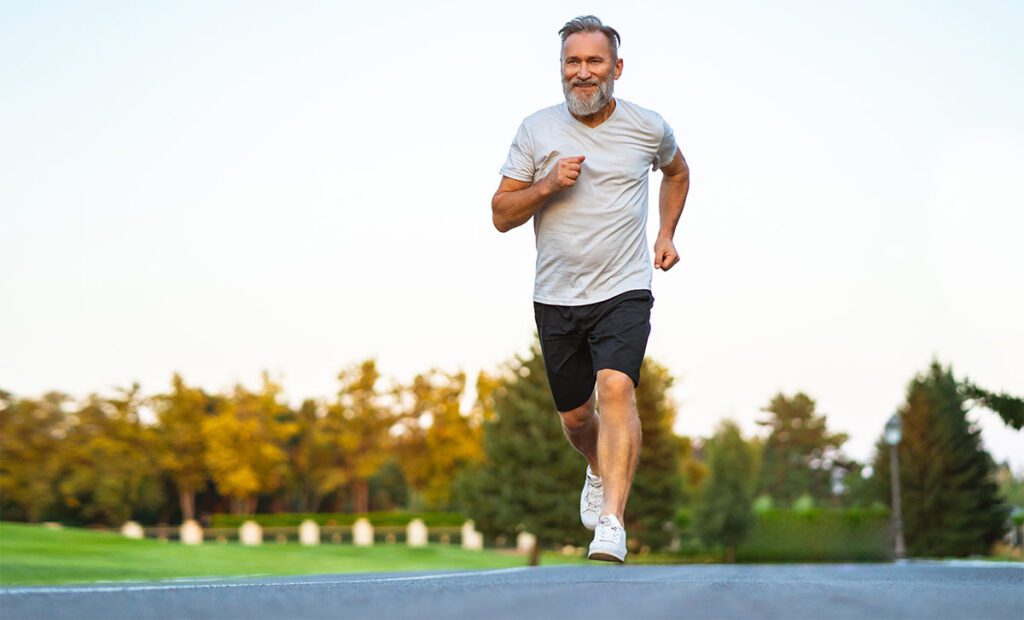
Summer brings beautiful weather, with more daylight, inspiring athletes and weekend warriors to head outdoors to exercise.
With the increase in physical activity comes an increase for injury. A common injury of the knee is runner’s knee or patella tendinitis. Despite its name, this condition can affect all athletes, not just runners. This condition causes pain in the front of the knee, near or under the kneecap. The pain is often described as a dull, persistent ache in the knee that worsens with increased physical activity. Flare ups in pain levels are often caused by bending, walking downstairs or squatting.
The good news is that runner’s knee can be prevented by balancing your muscle strength, and optimizing your body weight. Before you head out to the beach for a run this summer, ensure your leg muscles are strong and balanced. Most athletes can accomplish this with their basic workout routine, by performing exercises correctly, using good mechanics.
Tips to Prevent Runner’s Knee Include:
Strengthen Leg and Core Muscles: Invest time in building strength in your abs, thighs, and buttocks. You can also benefit from a few minutes of lighter-weight training twice weekly. Include strength training in your basic workout routine, and perform exercises using good mechanics.
Invest in High-Quality Shoes: Wearing shoes that fit perfectly is essential. It is possible to experience foot and knee pain from poorly fitting shoes. Runners and athletes should be properly fitted with athletic shoes, designed specifically for your sports or exercise routine for better balance.
Take Breaks: Allowing your body to properly rest before and after sports is essential for rebuilding strength. Mix up your workout routine with stretching, strength training, and cardio. Swimming and biking are excellent cardio exercises that are gentle on the body and do not put pressure on the knees.
Physical Therapy: If you are prone to this condition, physical therapy can strengthen your form, mechanics, improving balance and posture. A supervised course of PT is beneficial for both injury prevention and recovery.
If you or a loved one continues to deal with knee pain while exercising, there are non surgical treatment options. Biological treatments, like platelet-rich plasma (PRP) can be injected into the injury to jumpstart healing. Potent anti-inflammatory and lubricant gel injections are also effective in relieving knee pain. These simple office-based injections can provide immediate and long-lasting relief for persistent knee pain from patella tendinitis.
Don't let knee pain prevent you from enjoying the activities you love. Our fellowship-trained sports medicine surgeons at Illinois Bone and Joint Institute are here to help you get back on track.
About the Author:
Tom Antkowiak, MD, MS, is an orthopedic surgeon with fellowship training in sports medicine and arthroscopic surgery. Dr. Antkowiak specializes in treating the shoulder, hip, and knee. Dr. Antkowiak has expert knowledge and extensive training in sports medicine. He uses advanced, minimally invasive techniques, including hip arthroscopy and robotically assisted surgery.




